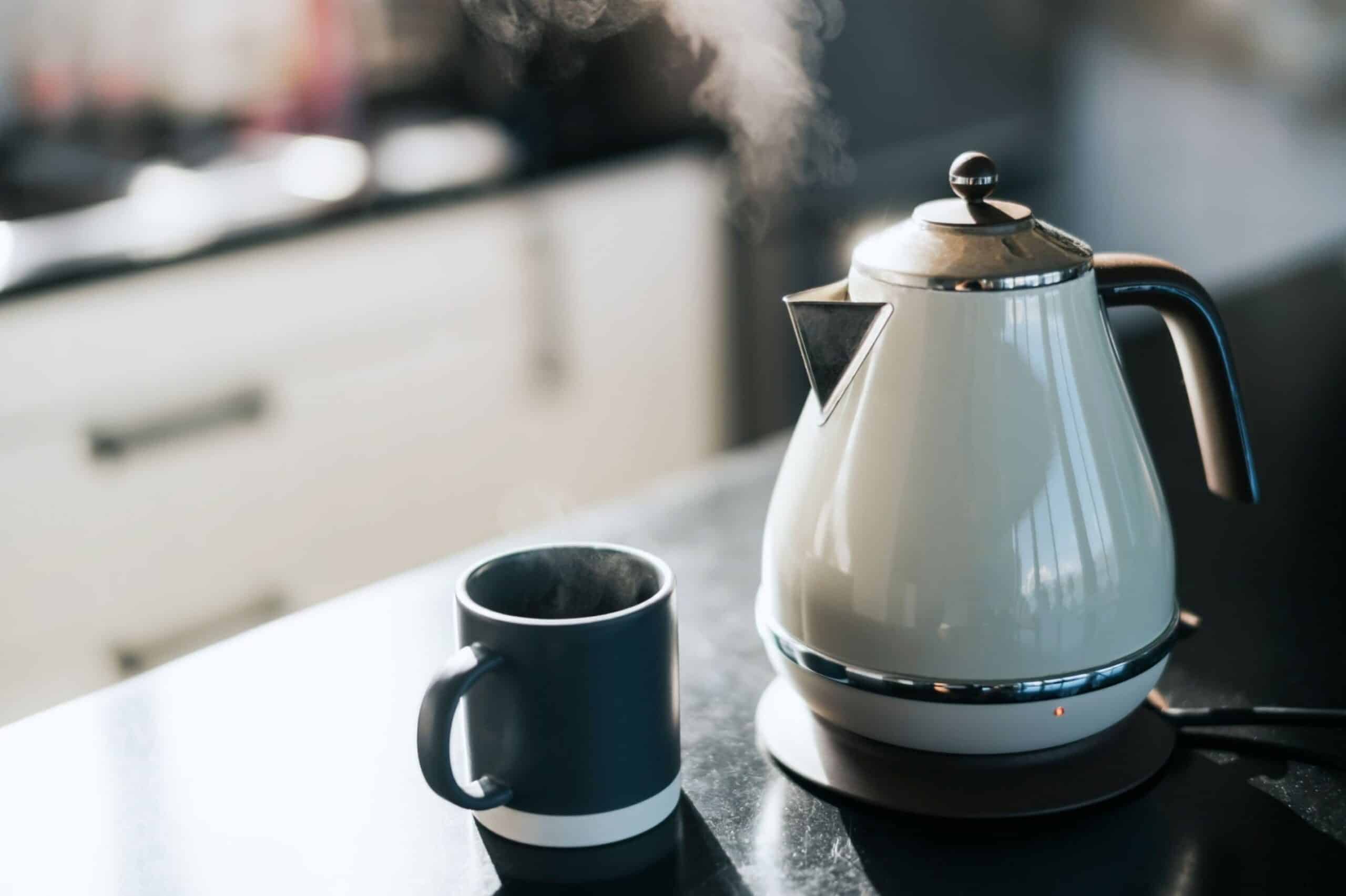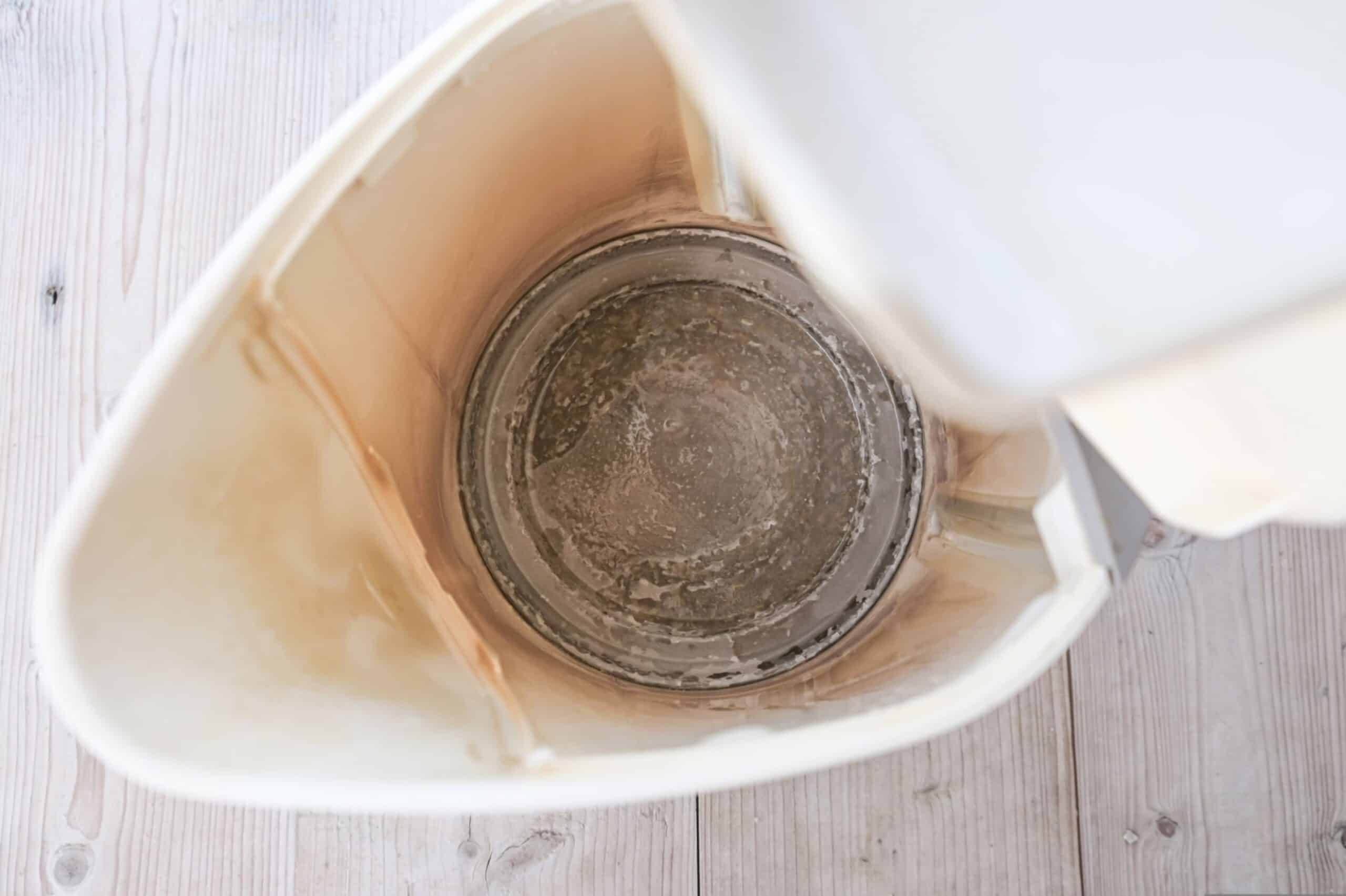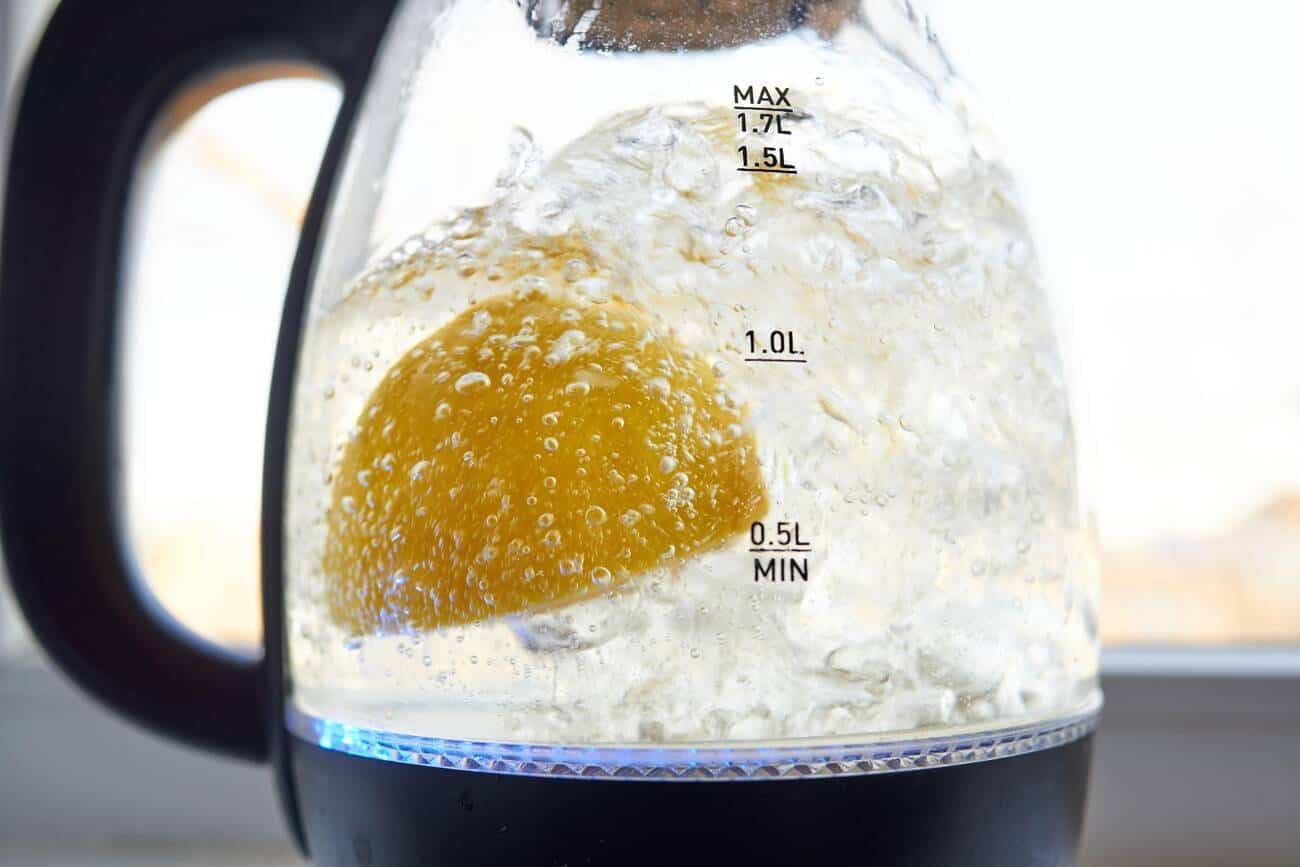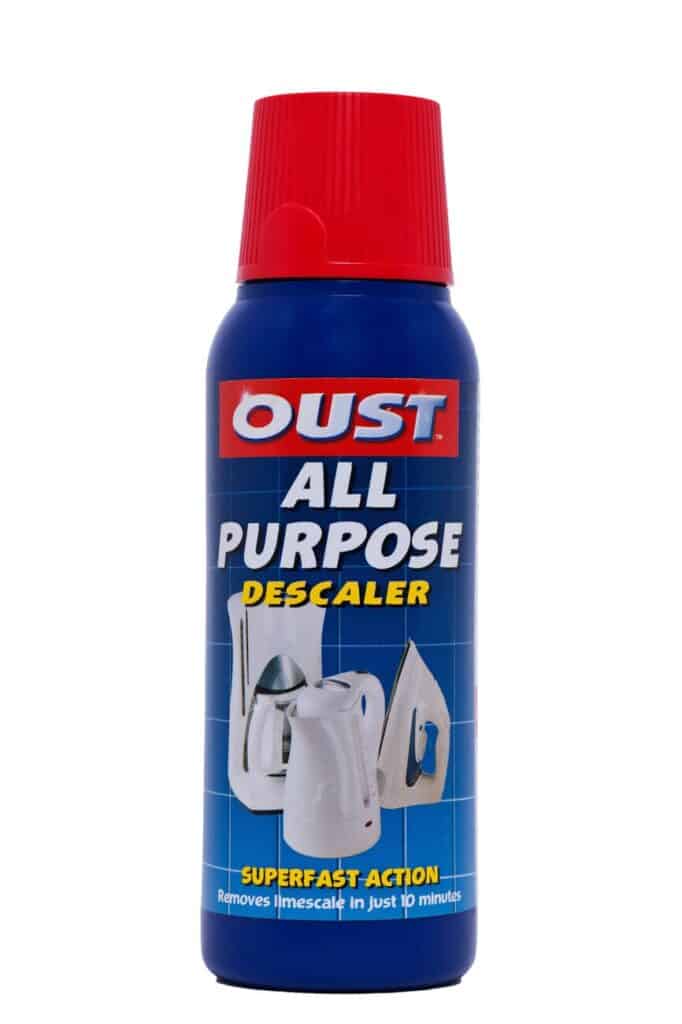Our love for hot teas and coffee will likely never end, so it’s safe to say our kettles receive a more than ample amount of use. However, with all that use can come some unwanted and unpleasant limescale buildup that can really ruin the taste of your favorite brews. In order to get us all back to our caffeinated heaven, we’ve put together a helpful cleaning guide so that our kettles will be scale-free and ready to use.
What is the Buildup in the Kettle?
With time and heavy use, you may have noticed a slight discoloration and some hard water staining within your kettle. Most metal kettles or kettles with a metal heating plate or base will develop the buildup fairly quickly and, if left untouched, can become damaged and broken with time. While this buildup is a normal occurrence, it can easily impact the overall use of the kettle and cause it to corrode more quickly. This buildup is commonly called limescale, which is a deposit of calcium and magnesium left behind in the kettle when hard water evaporates. It usually forms from heated water or simply from standing water, and since both are regular for kettles, this is why it is so common. Unfortunately, there’s no way to avoid the buildup completely, so you’ll want to stay on top of regular cleaning and descaling for your kettle so that your coffee and tea always taste right.
Cleaning Methods
Now that you know what and why the buildup within your kettle occurs, it is time to learn the best ways to remove it and clean the inside of the kettle. Be aware that several of these methods can produce strong odors and should be in a well-ventilated area when following instructions. All of these methods should be followed with a thorough wash and rinse with soap and water. Here are a few of our most effective cleaning methods:
Vinegar
This particular method is one of the easiest to use. However, you may want to open a window or turn on your range fan as it can produce a rather strong odor. Remember to also wear gloves when cleaning your kettle with this method as vinegar can easily irritate sensitive skin. Here is what you do:
- Fill your kettle completely with a 50-50 mix of water and white vinegar.
- Turn on the kettle and allow it to fully boil.
- Pour out the vinegar and water mixture and refill the kettle with only water.
- Bring the kettle to a full boil again.
- Pour out the water and check the kettle for remaining buildup before repeating the process if necessary.
Note that it may take several boiling cycles to fully remove the limescale buildup depending on the amount of buildup present. Just be sure to thoroughly rinse and wash out the inside of the kettle as well as the spout so that there is no remaining vinegar residue.
Lemon
For this method, you will be replacing vinegar with lemon juice. Here is how to follow this method:
- Fill your kettle halfway with water and ½ a cup of lemon juice, alternatively, you can use 2 tablespoons of citric acid.
- Make sure the lid of the kettle is closed, then turn on the kettle to bring the water to a full boil.
- Once boiling, turn the kettle off or move it away from the heat and allow the mix to sit for around 20 minutes.
- After it has been left to sit, pour the mix from the kettle and check for any remaining limescale and discoloration.
Like with the previous method, this may require a few cycles to fully remove a large amount of limescale buildup. Be sure to thoroughly wash and rinse the kettle before using it again, especially if you opted to use citric acid.
Baking Soda
This is another fairly simple cleaning method, but it should also be completed in a well-ventilated space. Here are the directions:
- Fill your kettle most of the way full, about ¾ full should do, and add a full tablespoon of baking soda.
- Mix the baking soda with the water thoroughly and then turn on the kettle.
- Bring the kettle to a full boil and then turn it off, or remove it from the heat.
- Allow the kettle to stand for about 1 hour before pouring out the mix.
- Fully rinse the kettle and check for any remaining limescale buildup and discoloration.
- If there is any remaining buildup, follow the process again. If the kettle is clear of buildup, fill it with clean water and bring it to a boil to remove any remaining trace of baking soda.
As with the other methods, be sure to follow this with a thorough wash and rinse with soap and water before using your kettle again.
Descaling Solution
If all else fails, one of the most tried and true cleaning methods for a kettle containing limescale and discoloration is with a purchasable descaling solution. If you plan on picking up a descaling solution, make sure you research and check customer reviews online before making your selection. There are many brands available, and some also provide eco-friendly solutions you can use that use less harmful chemicals and are more safely disposed of. Most solutions can work well with no extra steps or supervision, so make sure you find a good quality product and remember to thoroughly read all the instructions and hazards before you use the product.
How to Maintain Your Kettle
Now that your kettle has been fully cleaned and is free of any and all limescale buildup, you’ll want to make sure you maintain its cleanliness. Of course with regular use, limescale buildup is expected and should be kept in check with regular cleaning practices. Here are a few extra tips and tricks for maintaining your kettle and preventing larger amounts of buildup in the future:
- If your kettle comes with a filter, make sure that you either clean or replace the filter on a regular basis. You can easily clean and descale filters with white vinegar and water, but make sure that you have a filter that requires cleaning and not replacement.
- While this is a rather obvious tip, let it be a gentle reminder to not fully submerge the kettle in water when cleaning it as this will damage the heating and electrical elements within it.
- Do not allow water to stand in the kettle aft you use it. Once you’ve used the water you need, empty the kettle and leave the lid open so that it can fully dry and evaporate.
- If you’ve noticed that your tap produces particularly stubborn hard water, consider using distilled water instead. Distilled water will not leave a stubborn residue and can make cleaning the inside of the kettle easier over time.
- Remember to clean the outside of your kettle as well as the inside so that it remains in its best condition. If your kettle is stainless steel or is prone to fingerprints on its shiny surface, wipe the exterior with a very small amount of baby oil or even olive oil. Make sure not to overuse the oil and wipe it with a dry cloth after so that the kettle is not slick and difficult to hold.
We hope this guide helped you clean and descale your kettle so you can keep yourself and your home well caffeinated. If you’re looking for more cleaning tips and tricks to use around your house, or if you’re looking for a great and reliable cleaning service to help you stay on top of your home’s cleanliness, we’ve got you covered. Check out tidyhere.com to find our blog full of helpful hints and a variety of other articles or see what kind of services our friendly cleaners can offer you and your home. Contact us today to find out how we can help keep your home looking and feeling its very best!
 Recurring Cleaning
Recurring Cleaning Move In / Out Cleaning
Move In / Out Cleaning Office Cleaning
Office Cleaning Housekeeping
Housekeeping Post Construction Cleaning
Post Construction Cleaning Green Cleaning
Green Cleaning Home Organization
Home Organization Deep Cleaning
Deep Cleaning Oven Cleaning
Oven Cleaning Airbnb Cleaning
Airbnb Cleaning Refrigerator Cleaning
Refrigerator Cleaning





